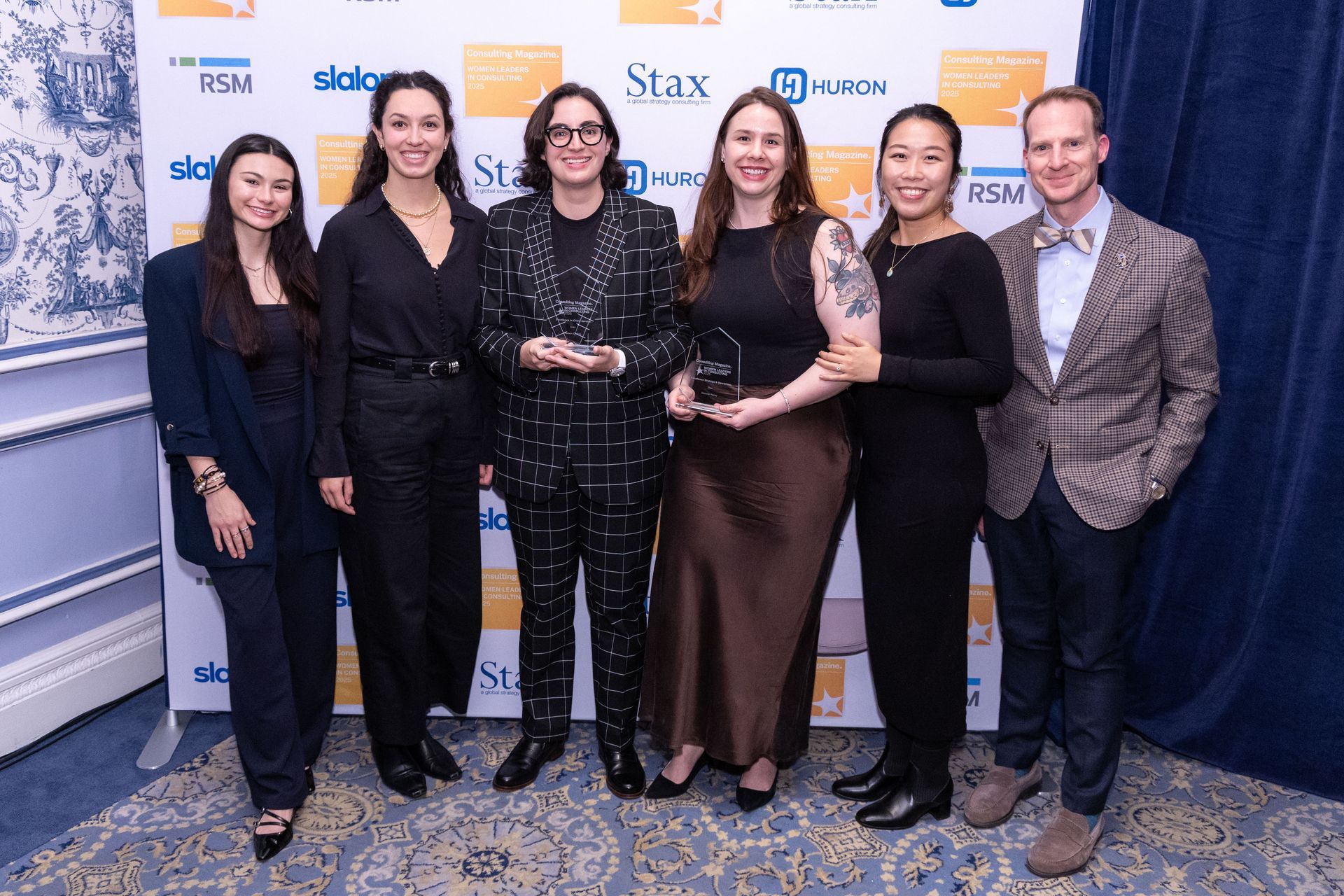Share
By Rafi Musher. This article originally appeared on the Jewish Funders Network, November 2019.
As a teenager, my Grandpa Sidney Musher told me his goal as chairman of PEF, an early donor-advised fund (DAF), was to keep the overhead to 1.5%. He accomplished this by utilizing some of the business characteristics of a DAF, which earns income based on funds being held. For the last 25 years, I have worked with investors to maximize ROI on invested capital in private companies. With the benefit of this experience across sectors, including social services, I have come to appreciate the wide range of business models required of both for-profits and nonprofits to meet various societal needs, and how 1.5% is unrealistic for any nonprofit overhead, and probably tight for a DAF these days too.
Complementing Lisa Eisen and Barry Finestone’s important eJP article about nonprofit overhead, based on the work of The Bridgespan Group and five leading U.S. foundations, I would like to contribute an additional perspective. In “Ending the Nonprofit Starvation Cycle,” the authors provide a range of excellent analyses that one could consider as an activity-based costing approach for nonprofits. The authors dive into the true costs of running a nonprofit compared to the expectations of funders.
A few of my takeaways and action steps, whether you work at a nonprofit, volunteer at a nonprofit, fund a nonprofit, advise and/or are a board member:
Takeways
- The true cost of overhead, operations, and restricted grants are far higher than traditional nonprofit counting captures, much the same way you find in for-profit companies where many an effort costs more than expected when you dive into the data.
- Many nonprofits try to manage expense allocations to meet a cost-effectiveness expectation that is a misrepresentation based on a few outliers and a lot of data and reporting that does not capture the true overhead of most nonprofits' operations.
- Those with well-heeled and connected boards have more access to funding and the free labor of connected fundraisers (their board), than lesser-heeled boards. Great, grassroots organizations without a well-connected board may have a disadvantage on raising funds and therefore will need higher development budgets and mechanisms to raise funds; resulting in the need to be more creative about getting resources or establishing more moderate goals. This is not a critique of either type of organization or their funders, I have experienced all these scenarios in my personal efforts. The same thing happens in business.
Action Steps
- If you are a nonprofit leader, volunteer, or on a board, work to help the organization understands its true costs so that you can ask funders to support the true cost of operations. Ensure that funders who want to fund special programs are also asked to support the organization’s overhead.
- If you or your nonprofit does not know the answer to its true costs, it is a great opportunity to lend a hand or recruit an analytically-driven volunteer or resource to help. Nonprofits have a great opportunity to get more resources by the way of interested talent, not just money. It is also the opportunity to consider whether adding resources for analysis could be valuable for the long haul. I have long advocated for large foundations to have in-house analytical resources to help grantees with these types of questions and several, including One8 Foundation and the Schusterman Family Foundation support their grantees with this kind of advice.
- If you are looking for nonprofits that may be lesser known, without a well-heeled board, good for you and but make sure to manage your expectations as to what they will need in funds and your support. It could be that their programs are dollar-for-dollar far more productive than better-known organizations, but their fundraising expense may need to be higher.
When thinking about the end goals and resource needs, it is good to occasionally re-think your needs, costs, and benefits to those the nonprofit serves. Maybe the organization can get more creative about getting resources, cash, or otherwise, or fee-for-service models enabling the organization to scale while still providing social impact. At Ohel Ayalah (free, High Holiday services, and low-cost Seders), Rabbi Judith Hauptman was willing to re-think where to host services and sourced multiple spaces to host services, for little in cost. She was also willing to rethink the pricing of Seders and share the true cost with attendees, offering a discount for those without means and full price for those with means, turning a cost program into a fully covered program by attendees. A related article on revenue generation for nonprofits has more ideas from the arts and summer camps.
Read More






